
Best Grow Lights for Leafy Vegetables
- Home
- Best Grow Lights for Leafy Vegetables
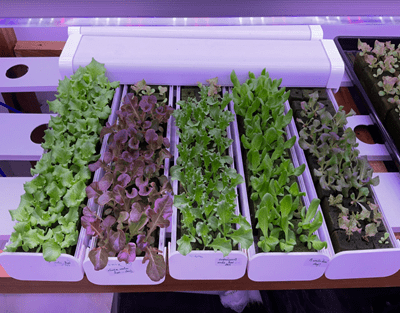
Best Grow Lights for Leafy Vegetables
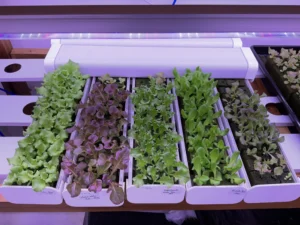
Leafy greens – the backbone of countless salads and a cornerstone of healthy eating – can now flourish indoors all year round. But for these nutritional powerhouses to thrive, the right lighting is essential. This guide delves into the world of grow lights for leafy vegetables, empowering you to cultivate a haven of fresh greens within your home.
Light Spectrum: Plants, like us, communicate through light. Leafy vegetables, in particular, require specific wavelengths to reach their full potential.
Look for grow lights that offer a balanced spectrum, including both blue and red light, along with some green wavelengths. This mimics natural sunlight, fostering healthy and vibrant leafy growth.
At Nexsel we have Nx1.1 which is best plant grow light for leafy vegetables.
| UV | B | G | R | FR | PAR | CCT | CRI | B:G | R:FR | R:B |
| 1 | 28 | 23 | 40 | 8 | 92 | 11919 | 56 | 1.20 | 5.42 | 1.44 |
To know more about light spectrum kindly refer – https://www.nexsel.tech/light-quality-and-light-intensit.php
Intensity and Coverage: Think of light intensity as the volume on a radio: too low, and your plants won’t hear the message to grow; too high, and they might get stressed. Similarly, coverage ensures all your greens receive their fair share of light. Here’s how to strike the perfect balance:
- Matching Light to Space: Consider the size of your growing area and choose grow lights with sufficient brightness to reach all your leafy friends.
- Uniform Distribution: Look for lights that offer even coverage across your growing space. Uneven light distribution can lead to patchy growth and stunted plants.
- Manufacturer’s Guidance: Pay close attention to the recommended hanging height and coverage area specified by the manufacturer. This ensures your leafy vegetables receive the ideal amount of light for optimal growth.
Intensity is measured on DLI and PPFD. Ideal DLI for leafy vegetables are between 11 to 15 and that comes PPFD in the range of 150 to 200
To know more about measuring units of grow light kindly refer – https://www.nexsel.tech/what-is-par-ppf-ppfd-ppe-dli-and-lux.php
To know more about typical required DLI values kindly refer – https://www.nexsel.tech/typical-dli-and-ppfd-values-for-crops.php
If you wish to know how to convert PPFD to DLI then kindly refer our calculator – https://www.nexsel.tech/how-to-calculate-ppfd-from-dli.php
Energy Efficiency: With rising energy costs, choosing eco-friendly grow lights is a win-win. Enter LED (Light Emitting Diode) grow lights: the champions of energy efficiency. Here’s why they shine:
Efficiency of light is measured in PPE value its unit is “µmol/sec” (micromoles per second), Ideal efficiency anything above 1.9 µmol/sec
Adjustability and Control: Leafy vegetables don’t need the same level of light throughout their entire life cycle. Seedlings benefit from a gentle approach, while mature plants entering the harvest stage require a more intense light experience.
But if we go for intensity control option then cost is the concern so same intensity works if you are growing for yourself. If you are doing commercial then we suggest use same spectrum light but keep Nursery, intermediate and growth stage separate. And in each stage maintain different lighting intensity that would not add more cost and we can gove different light intensity as per plant requirement.
Managing Heat Dissipation: Just like humans, plants don’t appreciate extreme heat. While light is essential, too much heat can be detrimental.
- Cooler Operations: LED grow lights typically generate less heat compared to traditional grow lights like HID lamps. This translates to a more comfortable environment for your leafy greens, allowing them to focus their energy on healthy growth and abundant yields.
Durability and Longevity: Investing in quality grow lights ensures long-term success. Look for models constructed from durable materials, designed to withstand the demands of indoor gardening. Here’s why opting for durable grow lights is a wise choice:
- Long Lifespan: ideally any LED grow light should have warranty of minimum of 36 months.
Conclusion: Choosing the right grow lights is like picking the perfect soil for your leafy vegetables – it sets the foundation for a thriving indoor garden. By considering factors like light spectrum, intensity, energy efficiency, adjustability, heat management, durability, and longevity, you can create an optimal environment for your leafy greens to flourish year-round. Remember, with the right lighting solution, you can get best production.
In above article we try to cover below topics which we usually get queries.
- HYDROPONICS GROW LIGHT
- BEST GROW LIGHT IN INDIA
- LED GROW LIGHT MANUFACTURER
- GROW LIGHTS FOR MICROGREENS
- GROW LIGHTS FOR LETTUCE
- GROW LIGHTS FOR LEAFY VEGETABLES
- PLANT GROW LIGHTS FOR SAFFRON
- PLANT GROW LIGHTS FOR MICROGREEN
- PLANT GROW LIGHTS LEAFY VEGETABLES
- Blog Categories
- Basic of Artificial Lighting for Plants
- Basic of grow Light
- Case Studies
- General Awareness
- Indoor Vertical Farming
- Medical Plant Research
- Online Tool
- Pitch Grow Light
- Plant Lighting Measurement
- Speed Breeding
- Supplemental Lighting
- Tissue Culture Grow Lights
- Vertical Green Wall
- LED Grow Lights
- Pharma Segment
- General
Popular Products
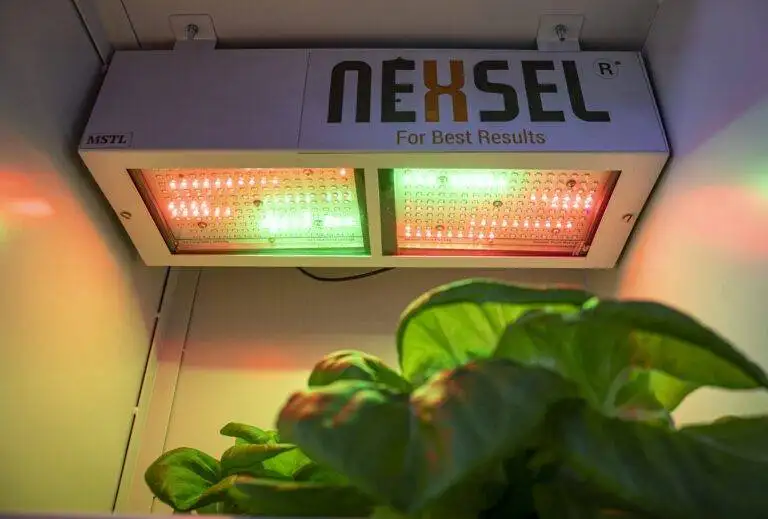
Enquire Now
Quick Link
Other Links
Design & Developed By VBTEK

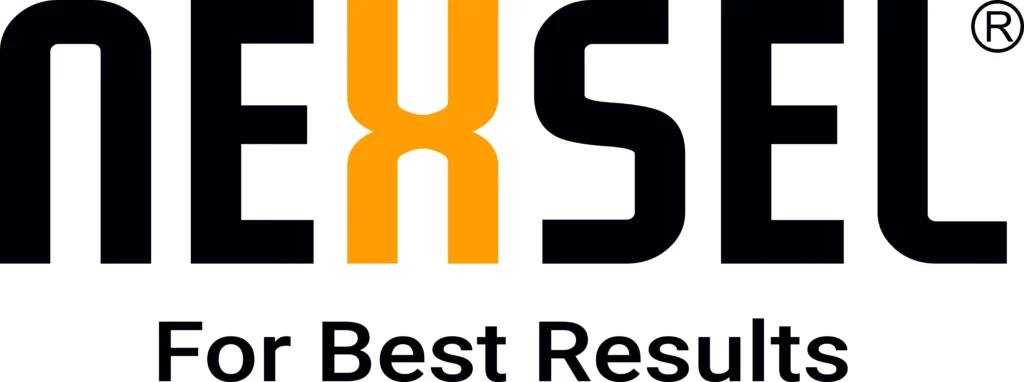
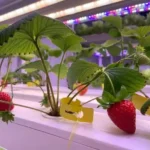
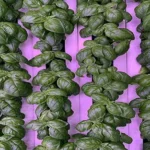
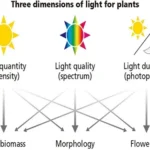
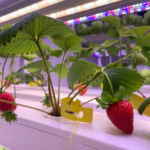
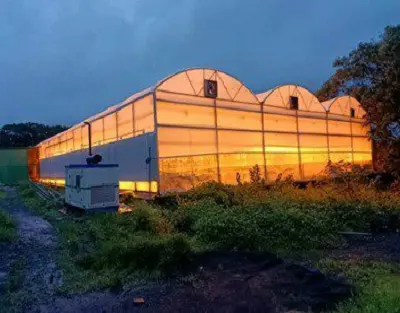
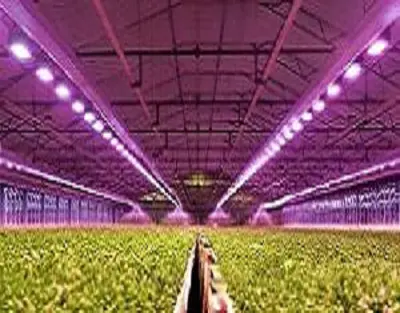
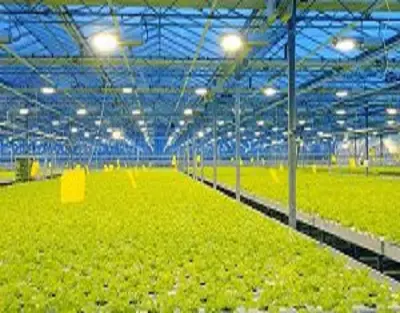
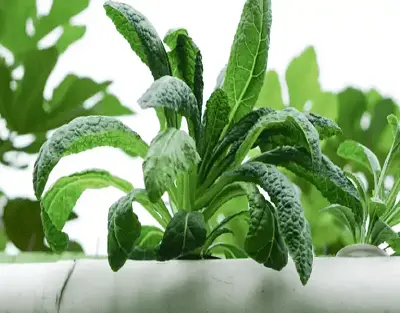
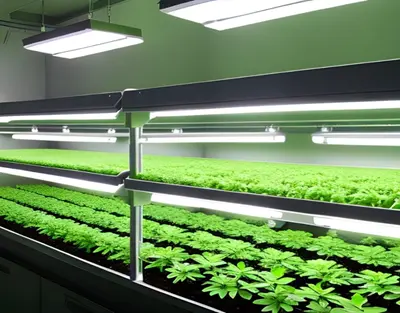
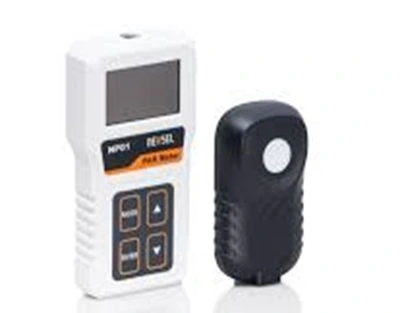
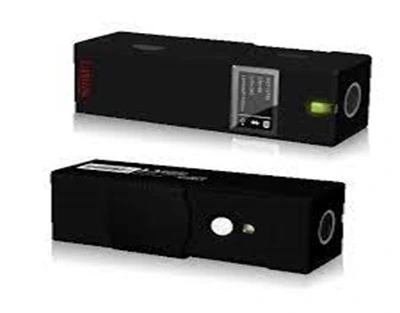
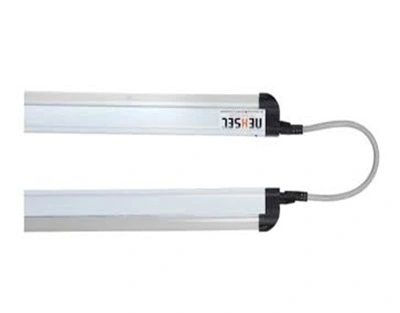
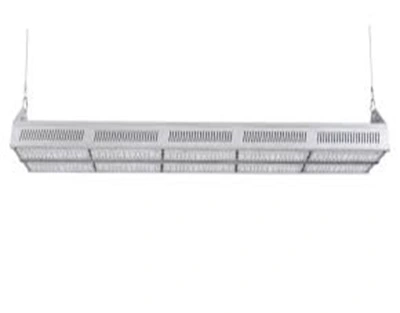
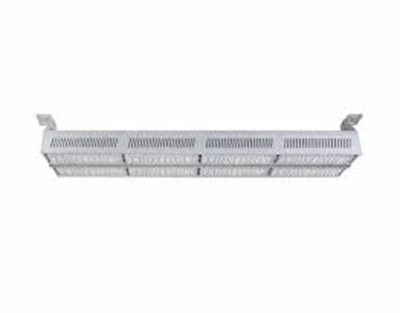
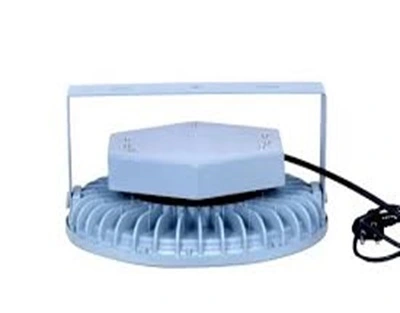
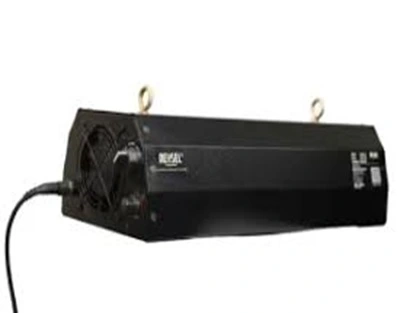
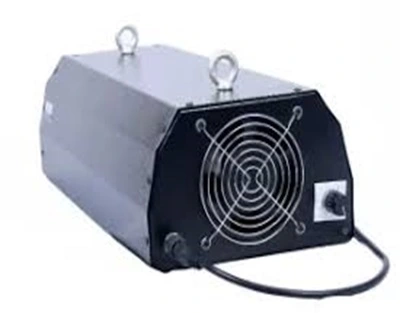
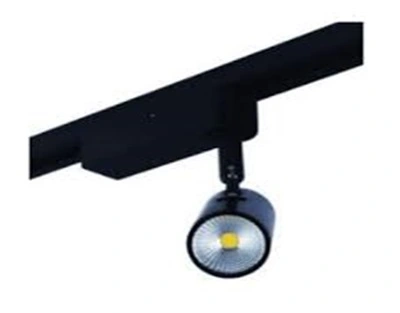
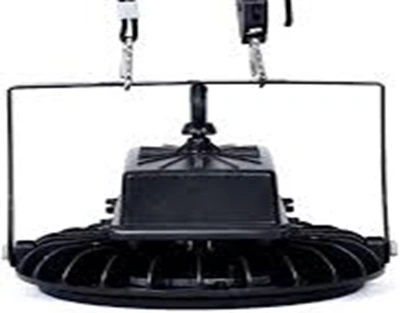
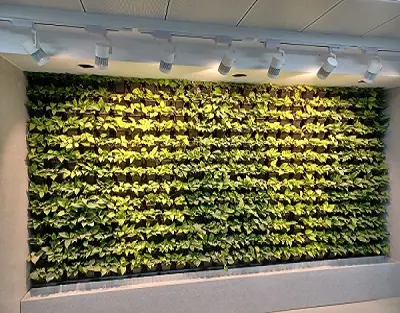
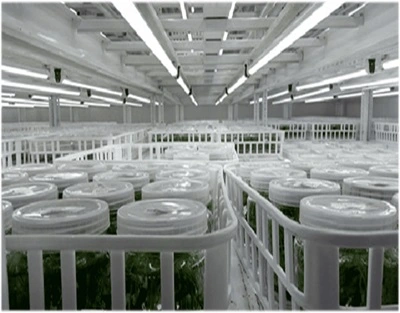
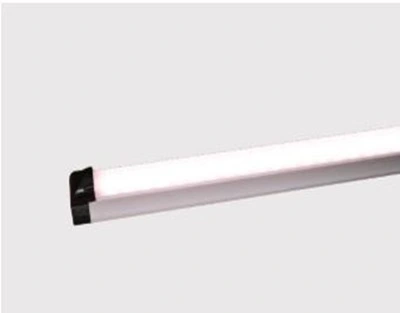
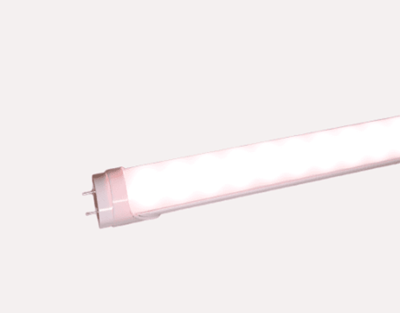
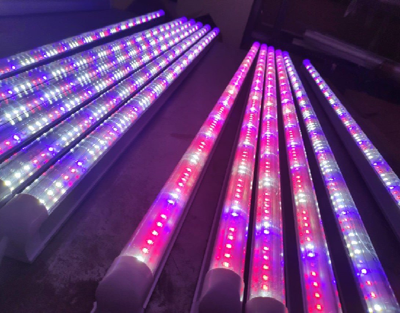
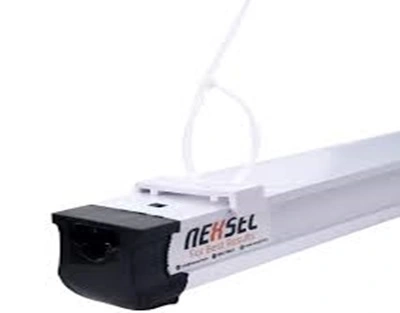
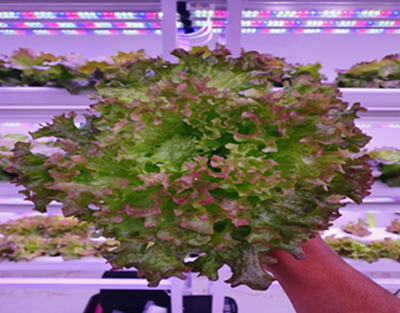
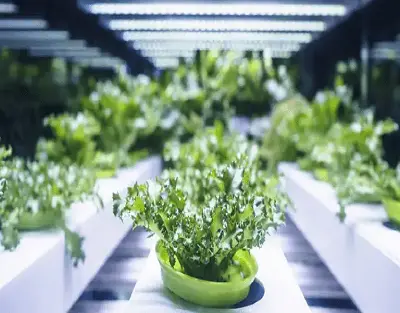
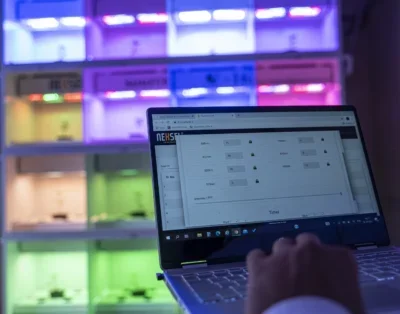


Leave A Comment